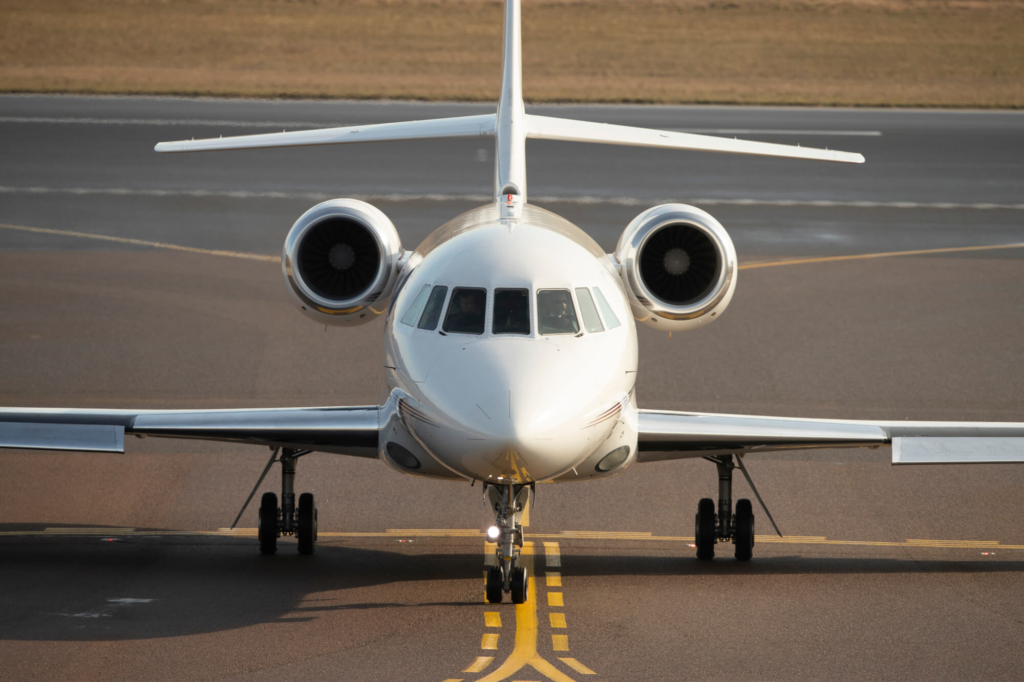Honeywell’s latest Global Business Aviation Outlook projects record global demand for new business jets over the next decade, with total deliveries valued at $283 billion. The report comes as the industry continues a robust expansion that began after the 2008-2009 financial crisis and accelerated following the COVID-19 pandemic.
Released on October 13, 2025, at the NBAA-BACE convention in Las Vegas, the company’s 34th annual forecast predicts deliveries of 8,500 new business jets between now and 2035, representing an average annual growth rate of about 3% — the strongest outlook in the survey’s history.
“The combination of recent economic growth, increasing demand for fractional ownership and a steady cadence of new aircraft development and technology upgrades have produced record levels of demand in business aviation,” said Heath Patrick, President, Americas Aftermarket, Honeywell Aerospace Technologies. “Operators are increasing their usage rates, and in turn, manufacturers are ramping up production to keep pace with growing demand.”
Fractional operators drive orders
Honeywell credits much of the surge in interest for new aircraft to fractional ownership programs and favorable US tax policy. Fractional fleets have expanded by 65% since 2019 to about 1,300 aircraft, led by strong demand for midsize and super-midsize jets.
Operators surveyed cited the return of 100% bonus depreciation under the federal One Big Beautiful Bill Act as another key factor influencing purchase plans. The measure allows businesses to deduct the full cost of certain assets, including business aircraft, in the year they are placed in service — a policy expected to accelerate new jet acquisitions in the US market.
Globally, 20% of operators report having at least one aircraft on firm order, up from 17% in 2024. That figure climbs to 28% among charter and commercial Part 135 operators.
Business jet usage is also trending higher. Honeywell found that 91% of operators expect to fly the same or more in 2026 than they did in 2025. Total business jet flight hours rose 3% year over year, reversing a period of stagnation between 2023 and 2024.
Fractional and private operators continue to drive most of the growth, with charter demand holding well above pre-pandemic levels. Corporate flight departments remain more conservative as companies focus on managing costs by blending owned, chartered, and fractional flying, Honeywell noted.
Regional trends
North America will continue to dominate deliveries, according to the survey, accounting for roughly 70% of all new business jets over the next three years. The region also represents 62% of the world’s business jet fleet. Operators in North America are particularly optimistic, with more than 90% expecting to maintain or increase flying next year.
Europe is projected to receive 14% of global deliveries, with a larger-than-average share of operators holding firm orders. Latin America will account for about 7%, while Asia-Pacific and the Middle East & Africa together will receive about 8%, maintaining recent trends.
Aircraft performance remains the top purchase driver, ranking ahead of cost for the second consecutive year. The vast majority of respondents (89%) placed performance among their top three criteria, while just 56% cited cost. Range, payload, and field performance remain the most influential metrics for buyers of new aircraft, Honeywell said.
Sustainability continues to shape purchasing decisions as well. Honeywell found that 81% of operators view developing more fuel-efficient aircraft and engines as key to meeting carbon reduction goals. More than half consider sustainable aviation fuel (SAF) at least moderately effective in achieving those objectives, though cost and availability remain barriers to wider adoption.
Among operators already taking action, 60% are acquiring more fuel-efficient aircraft, 56% are using SAF, and 31% are flying at more efficient cruise speeds to reduce emissions, the report noted.
Honeywell’s forecast draws on a combination of macroeconomic analysis, aircraft manufacturer data, and a global survey of 312 nonfractional operators representing 1,199 business aircraft. The findings provide insights used by Honeywell to shape its own product and investment strategies across propulsion, avionics, and sustainability initiatives.
Recent surveys produced by Honeywell have tended to show higher growth rates for new aircraft deliveries than actually occurred, but with several new business jets due to reach the market in the coming years, and assuming continued positive economic conditions around the world, the company’s latest forecast appears achievable.


